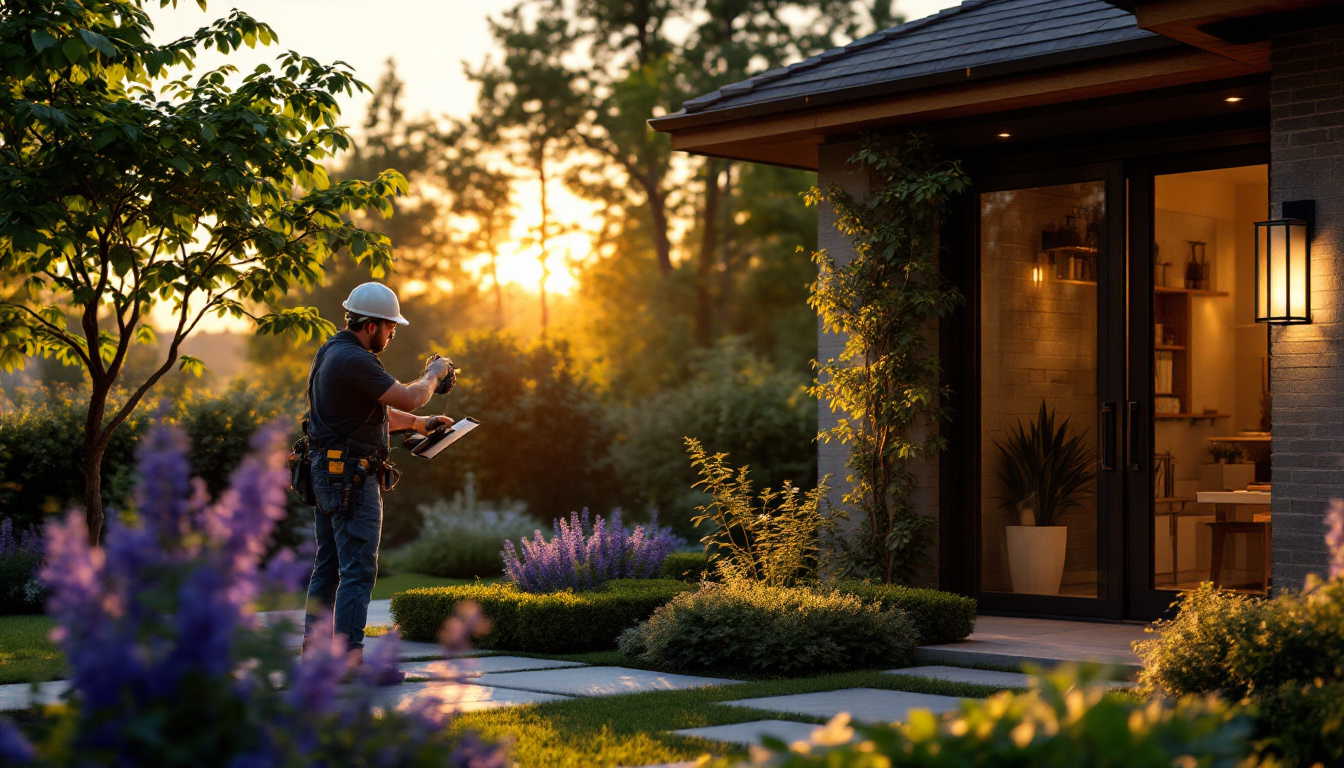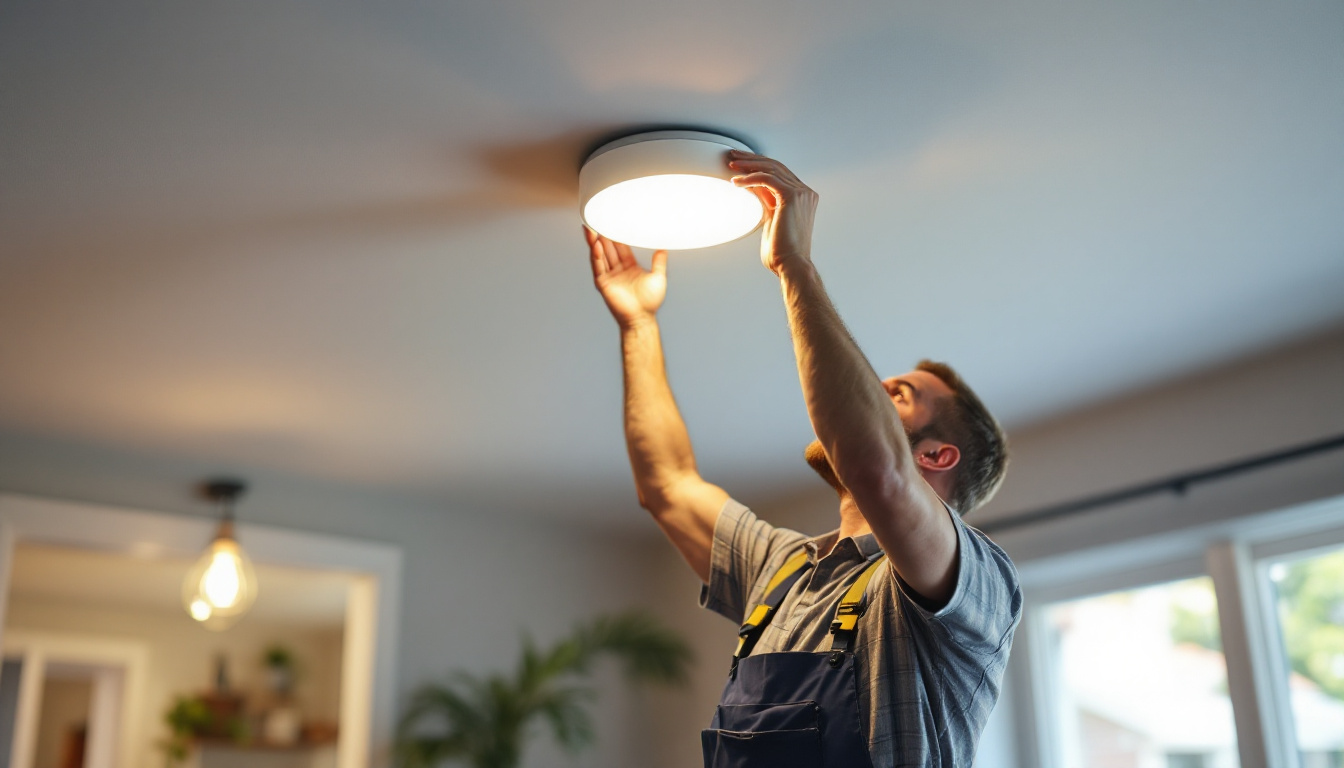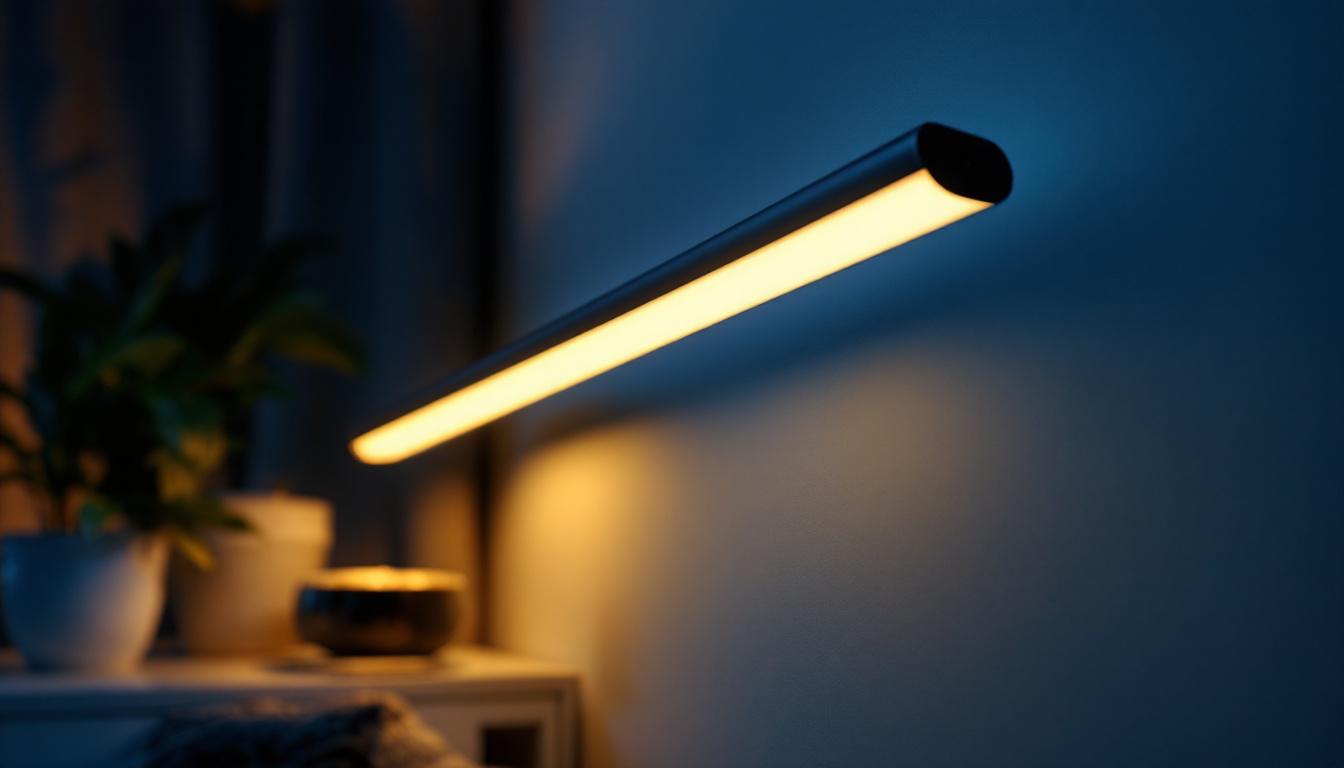
The world of outdoor lighting is constantly evolving, presenting both challenges and opportunities for lighting contractors. As the demand for aesthetically pleasing and functional outdoor lighting increases, understanding the nuances of post outdoor lights becomes essential. This article explores the various impacts that post outdoor lighting has on lighting contractors’ projects, from design considerations to installation challenges and maintenance requirements.
Post outdoor lights are fixtures mounted on a pole or post, often used to illuminate pathways, gardens, and driveways. They serve both practical and decorative purposes, enhancing safety while also contributing to the overall ambiance of outdoor spaces. As outdoor lighting becomes more sophisticated, contractors must stay informed about the latest trends and technologies in post outdoor lighting.
There are several types of post outdoor lights available in the market, each designed for specific applications. Traditional lantern-style fixtures evoke a classic charm, while modern designs often incorporate sleek lines and energy-efficient LED technology. Solar-powered options have gained popularity due to their sustainability and ease of installation, making them an attractive choice for eco-conscious clients.
Moreover, smart outdoor lighting systems are becoming increasingly prevalent. These systems allow for remote control and automation, enabling users to customize their lighting preferences easily. As a contractor, being knowledgeable about these various types of post outdoor lights can help in offering tailored solutions to clients. For instance, integrating motion sensors can enhance security by ensuring that lights activate when someone approaches, providing both safety and convenience.
When designing a lighting plan that includes post outdoor lights, several factors must be considered. The height of the post, the brightness of the light, and the spacing between fixtures all play a significant role in ensuring effective illumination. A well-thought-out design will not only enhance visibility but also create an inviting atmosphere.
Additionally, the architectural style of the property and the surrounding landscape should inform the choice of fixtures. For instance, a contemporary home might benefit from minimalist post lights, while a traditional property could be complemented by ornate designs. Understanding these design principles is crucial for lighting contractors looking to deliver exceptional results. Furthermore, considering the color temperature of the lights can greatly affect the mood of the outdoor space; warmer tones can create a cozy and welcoming environment, while cooler tones may lend a more modern and crisp feel. It’s also essential to think about the seasonal changes in landscape, as foliage can impact the effectiveness of lighting, necessitating adjustments or additional fixtures to maintain optimal illumination throughout the year.
Installing post outdoor lights can present unique challenges that contractors must navigate. Proper placement is essential to maximize the effectiveness of the lighting while minimizing glare and light pollution. This requires careful planning and consideration of the surrounding environment.
Before installation, conducting a thorough site assessment is vital. This involves evaluating the terrain, existing structures, and potential obstacles that could affect the placement of post lights. For example, uneven ground may require additional support or adjustments to the height of the fixtures. Understanding the site conditions can help contractors avoid costly mistakes and ensure a smooth installation process. Additionally, contractors should take into account the natural light patterns throughout the day and how shadows cast by trees or buildings may impact the effectiveness of the lighting. By mapping out these variables, they can strategically position the lights to enhance visibility and aesthetics.
Another critical aspect of installation is the electrical setup. Contractors must ensure that the wiring is safely and effectively routed to each post light. This may involve trenching for underground wiring or installing conduit to protect the electrical components from the elements. Knowledge of local codes and regulations is essential to ensure compliance and safety. Furthermore, with the rise of solar and smart lighting solutions, contractors must be adept at integrating these technologies into their installations. This may involve additional considerations, such as battery placement for solar lights or network connectivity for smart systems.
Moreover, the choice of lighting fixtures can significantly impact the overall installation process. For instance, selecting energy-efficient LED lights not only reduces energy consumption but also extends the lifespan of the fixtures, making them a cost-effective choice in the long run. Contractors must also consider the color temperature of the lights, as warmer tones can create a welcoming atmosphere while cooler tones may enhance security by providing brighter illumination. Balancing aesthetics with functionality is crucial, as the right lighting can transform an outdoor space into a safe and inviting environment for both residents and guests.
The inclusion of post outdoor lights in a project can significantly impact timelines. From design to installation, each phase requires careful coordination and execution. Delays in sourcing materials or unforeseen site challenges can extend project durations, affecting overall client satisfaction.
One of the primary factors influencing project timelines is the sourcing of materials. With a wide variety of post outdoor lights available, contractors must ensure they select high-quality fixtures that meet their clients’ needs. This often requires researching suppliers and potentially waiting for custom orders, which can lead to delays.
Additionally, the availability of skilled labor can also impact timelines. As the demand for outdoor lighting solutions grows, contractors may face challenges in securing qualified personnel to complete installations efficiently. Planning ahead and building a reliable network of suppliers and subcontractors can help mitigate these issues.
Weather conditions can also play a significant role in the installation of post outdoor lights. Adverse weather, such as rain or snow, can hinder outdoor work and delay project completion. Contractors must be prepared to adapt their schedules and communicate effectively with clients about potential delays.
Implementing a flexible project timeline that accounts for weather-related disruptions can enhance client satisfaction and ensure a smoother workflow.
Post outdoor lights require regular maintenance to ensure their longevity and functionality. As a contractor, understanding the maintenance needs of different types of fixtures can help in providing ongoing support to clients. Regular inspections, cleaning, and bulb replacements are essential to keep outdoor lighting systems in optimal condition.
Conducting regular inspections of post outdoor lights can help identify potential issues before they become significant problems. This includes checking for any signs of wear and tear, ensuring that fixtures are securely mounted, and verifying that electrical connections are intact. By offering maintenance services, contractors can build long-term relationships with clients and provide peace of mind.
Outdoor lighting fixtures are exposed to the elements, making them susceptible to dirt, debris, and corrosion. Regular cleaning is essential to maintain their appearance and functionality. Contractors should advise clients on proper cleaning techniques and schedules to ensure that their outdoor lighting remains attractive and effective.
In some cases, contractors may also offer services for upgrading or replacing outdated fixtures. As technology advances, clients may seek to enhance their outdoor lighting systems with more energy-efficient or aesthetically pleasing options.
Effective communication with clients is crucial throughout the project lifecycle. Educating clients about the benefits of post outdoor lighting and the various options available can help them make informed decisions. This not only enhances client satisfaction but also positions contractors as knowledgeable professionals in the field.
During the initial consultation, contractors should take the time to discuss the various types of post outdoor lights available. This includes explaining the differences between traditional, solar, and smart lighting options, as well as their respective advantages and disadvantages. Providing clients with a comprehensive understanding of their choices can lead to better project outcomes.
Setting clear expectations regarding project timelines, costs, and maintenance requirements is essential for a successful client relationship. By being transparent about potential challenges and the steps involved in the installation process, contractors can foster trust and confidence among clients. Regular updates throughout the project can also help keep clients informed and engaged.
The outdoor lighting industry is continually evolving, influenced by advancements in technology and changing consumer preferences. Staying abreast of emerging trends can help lighting contractors remain competitive and meet the evolving needs of their clients.
Smart lighting solutions are becoming increasingly popular among homeowners and businesses alike. These systems offer enhanced control and customization, allowing users to adjust brightness, color, and timing through mobile apps or voice commands. Contractors who are knowledgeable about smart lighting technology can provide clients with innovative solutions that enhance their outdoor spaces.
As sustainability becomes a priority for many consumers, energy-efficient lighting options are in high demand. LED fixtures, solar lights, and other eco-friendly solutions not only reduce energy consumption but also lower utility costs for clients. Contractors who prioritize sustainability in their projects can appeal to environmentally conscious consumers and differentiate themselves in a competitive market.
Post outdoor lighting plays a significant role in shaping the projects undertaken by lighting contractors. From design considerations and installation challenges to maintenance requirements and emerging trends, understanding the complexities of post outdoor lights is essential for success in the industry. By staying informed and adapting to the evolving landscape of outdoor lighting, contractors can enhance their offerings and provide exceptional service to clients.
Ultimately, the impact of post outdoor lighting extends beyond mere illumination. It enhances safety, improves aesthetics, and contributes to the overall enjoyment of outdoor spaces. For lighting contractors, embracing the nuances of post outdoor lighting can lead to successful projects and satisfied clients.
Ready to elevate your lighting projects with superior post outdoor lights? At LumenWholesale, we provide lighting contractors with an exceptional range of high-quality, spec-grade lighting products at unbeatable wholesale prices. Say goodbye to inflated markups and hello to our extensive selection that meets the highest industry standards. With free shipping on bulk orders, you can trust that you’re getting premium lighting at the best value — without hidden fees or compromises. Enhance the safety, aesthetics, and enjoyment of your outdoor spaces with the perfect blend of quality, affordability, and convenience. Discover wholesale lighting at the best value today and light up your projects with confidence.

Discover how upgrading to recessed LED lights can revolutionize efficiency for lighting contractors.

Discover how the Light Bulb Coffee Shop is revolutionizing the way lighting contractors work.

Discover why round pendant lights are becoming a focal point for lighting contractors.

Discover the ultimate guide to LED tube lamps, covering everything from energy efficiency and installation tips to choosing the right brightness for your space.